
views
There may be debates over where Taliban originated, in Afghanistan or Pakistan, but the fundamentalist insurgent organization — which is also one of the worst-known terror groups in the world and is now back in the power corridors of Afghanistan — has always been an instrument of Pakistan, a country that uses supporting and spreading terror in other countries as a core policy measure.
Pakistan created the movement called Taliban to exploit the sentiments of normal Afghanis who were being brutally suppressed and killed by different tribal warlords across the country called the Mujahideen fighters or jihadi warriors to push its own interests. Afghanistan’s neighbour used refugee Afghan students studying hardline Islam in different madrasas in Pakistan to create a massive fundamentalist insurgent group called Taliban under Mullah Mohammed Omar, a Pashtun Mujahideen.
Mujahideens fought an almost decade-long war against the USSR troops in Afghanistan but failed to form a centralised government once the USSR was out. Instead, they became terror warlords ruling different parts of the country, in pockets, and got engaged in brutal human rights violations to push their own power agenda. Incidentally, these mujahideens were also a Pakistani creation, helped by the US to take on USSR. In widespread hate against mujahideens’ atrocities, Pakistan saw a window of opportunity to make further inroads inside Afghanistan and used Taliban for it.
To get public support, Taliban presented itself as a movement of students or Talibs. Victimised by the mujahideen warlords, the movement decided to take arms against atrocities of different mujahideen factions. Taliban got widespread support across Afghanistan and Afghanis abroad. But the support soon vanished after Taliban’s emergence as a stronger power faction.
Afghanistan, which never had seen a religious leader to rule the country, was soon to have a brutal religious insurgent group ruling the whole country, a group that made women slaves and men mostly terror machines. During the Taliban rule, apart from drug trade, only radicalism and fundamentalism grew in the country.
Pakistan, in fact, simply replaced the Mujahideen terror in Afghanistan with a more brutal form of Taliban terror. While mujahideen warlords were not answerable to Pakistan, Taliban terror drew its resource from Pakistan itself.
September 1994 saw the first emergence of Taliban in the Kandahar province. Within a year, they overtook the whole province. And by September 1996, the whole country. Within a year of their emergence, they captured a province that was 8% of the total land area of landlocked Afghanistan. And in next one year, they overran another 80% of the country.
The remaining 10% of the Afghanistan that stood against it was from its northern areas of the country with different ethnic communities like Tajiks, Uzbeks, Turkmens and Hazaras. They fought Taliban bravely unlike most of the other areas of the country where the rival factions either decided not to fight Taliban or were simply bought over by them with money.
According to a New York Times analysis published in 1996, Pakistan through Taliban wanted to have greater depth in Central Asia and provided Taliban with all that it needed – ammunition, food and fuel. Spin Boldak skirmish of 1994 was a turning point for Taliban. Spin Boldak is a border town on Pakistan-Afghanistan border in the Kandahar province. Taliban got 800 truckloads of Soviet arms and ammunition hidden in caves. Already possessing Pakistan’s arms, ammunition and money, this huge addition proved more than enough to equip Taliban to soon rapidly advance across the whole country.
Bitterly divided rival factions were either unable to fight a fundamentalist insurgent group supported by Pakistan or simply chose to bought over by the money given by Pakistan to Taliban. Some of them did fight but with Taliban heavily loaded with Pakistani and Soviet arms, they were no match for them.
After Taliban established its rule in Kabul, it invited Al Qaeda to make Afghanistan its base. Taliban rule between 1996 and 2001 was, in fact, helped by Pakistan and Al Qaeda. About 3,000 Al-Qaeda terrorists, along with 30,000 Pakistani soldiers, as per a book, ‘The Longest War – The War in Afghanistan’ by Dr Thomas Bruce, were part of Taliban security machinery in the country.
Pakistan, in fact, throughout its emergence and rule in Afghanistan, helped Taliban with political, military and financial support, even after UN put sanctions on the Taliban for supporting Al-Qaeda.
Even after 9/11, Pakistan’s action against Taliban was always a sham. On one hand, Pakistan was getting US aid and financial help for its help in war against terror, Al-Qaeda, Taliban and Haqqani Network but at the same time, it also created safe haven for them in Pakistan and this was in fact the main reason that US, under previous President Donald Trump, decided to stop financial support to Pakistan – for supporting Afghan terror groups like Taliban and Haqqani Network – and for being a safe haven for them.
Throughout these 20 years, Pakistan has always supported Taliban, something that it did in 1990s, something that reflects in the statements given by its leaders recently where they not only support Taliban but also shamelessly deny the fact that says that Taliban actually has been responsible for thousands of deaths in Afghanistan.
Pakistan’s Foreign Minister Shah Mehmood Qureshi in June 2021, while speaking during an interview, clearly said that Taliban was not behind the rise in Afghan violence, “That would be an exaggeration if you try and create this impression that the violence is high because of Taliban. Why do I say that? Aren’t there other elements over there who are playing the role of a spoiler.”
Pakistan’s current Prime Minister Imran Khan has always been a pro-Taliban figure. He did not criticise Taliban when it shot Malala Yousufzai. According to Imran Khan, Taliban were sort of freedom fighters fighting against the US rule in Afghanistan. For supporting Taliban, Imran is also called ‘Taliban Khan’ who thinks Taliban is engaged in jihad or a holy religious battle.
That Taliban is back again to rule Afghanistan. Supported by Pakistan’s financial and military support, Taliban easily defeated the Afghan army. Afrasiab Khattak, a Pakistani politician and former senator, recently said in an interview that Pakistan and ISI were fully supporting Taliban offensive. He also confirmed the well-known fact that ‘Taliban is an instrument used by Pakistan.’
Afghanistan’s current security machinery was overly dependent on the US military support, especially the air strike support, and once US decided to leave Afghanistan suddenly, they found themselves helpless and could not match the Taliban advance supported by Pakistan.
And now that Taliban is back again, it means Pakistan is back again in the ruling corridors of Afghanistan.
Afghanistan President Ashraf Ghani has resigned and left the country. Taliban has always said that it would never talk to Ghani. Imran Khan might say that, in fact, he persuaded Taliban to talk to Ashraf Ghani for a political settlement, it was Pakistan’s game only that forces Ghani’s silent departure and in the end, put Afghanistan in the hands of Taliban.
Read all the Latest News, Breaking News and Assembly Elections Live Updates here.










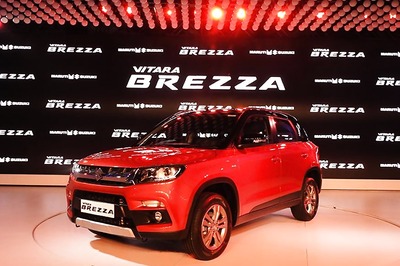



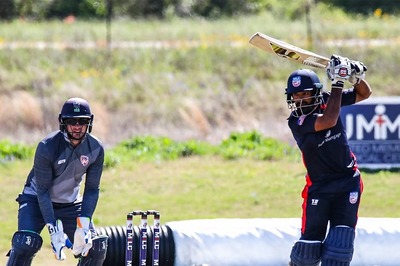

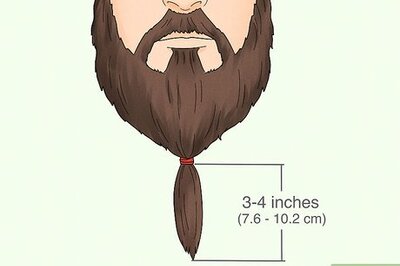
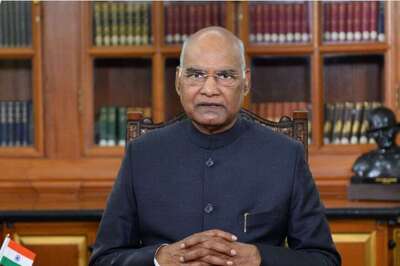

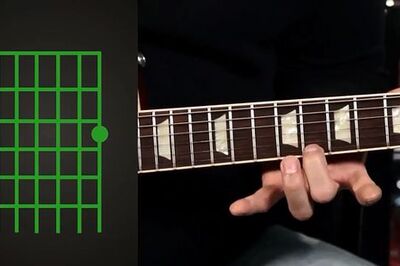
Comments
0 comment